Syria navigates reintegration and political transition in Middle East
- Update Time : Friday, February 14, 2025
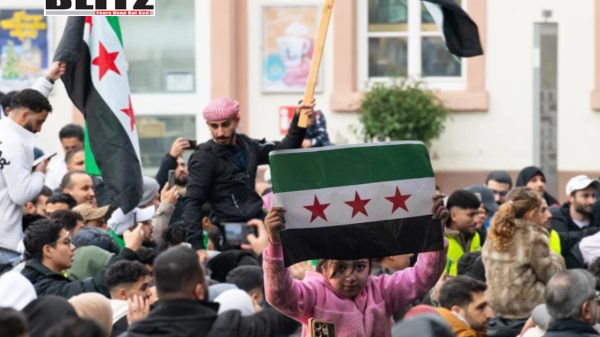
For more than a decade, Syria was cast into political isolation by the Arab world and the broader international community. Following President Bashar Assad’s violent crackdown on protests during the Arab Spring in 2011, the Arab League suspended Syria’s membership, and both Western and regional powers imposed crippling sanctions. Yet, Assad’s regime endured, bolstered by military and financial support from Russia and Iran. Multiple attempts to unseat him, whether through diplomatic efforts or military interventions, failed. However, by 2023, Assad secured Syria’s reentry into the Arab League, signaling a shift in regional diplomacy.
Despite his prolonged grip on power, Assad’s rule came to an abrupt end late last year when Hayat Tahrir Al-Sham (HTS), a militant group, launched a swift and unexpected offensive. The collapse of his regime stunned international observers and set Syria on a new, uncertain trajectory. The political vacuum was filled by Ahmad Al-Sharaa, who assumed leadership as the interim president of the Syrian Arab Republic. Since taking office, Al-Sharaa has worked diligently to reposition Syria within the Arab world through a series of high-profile diplomatic visits.
Al-Sharaa wasted no time in courting the region’s most influential powers. His first official visit was to Riyadh, where he met with Saudi Crown Prince Mohammed bin Salman. The choice was strategic, as Saudi Arabia’s economic clout and diplomatic influence make it a key player in Syria’s reconstruction. The Kingdom, having shifted its regional priorities towards de-escalation and stability, expressed willingness to support Syria’s reintegration efforts under its new leadership.
Qatar, a longstanding critic of the Assad regime, was among the first nations to acknowledge Al-Sharaa’s leadership. Emir Sheikh Tamim bin Hamad Al-Thani’s visit to Damascus marked a significant thaw in relations, as did Doha’s invitation to Syria’s new Foreign Minister Asaad Al-Shaibani. During these engagements, Al-Shaibani emphasized Syria’s commitment to a fresh foreign policy approach, distinct from the previous regime’s stance.
The United Arab Emirates (UAE), while open to reengaging with Syria, has adopted a more cautious stance. Anwar Gargash, a diplomatic adviser to the Emirati president, voiced concerns about HTS’s past affiliations with Al-Qaeda and the Muslim Brotherhood. However, despite its reservations, the UAE has maintained dialogue with Damascus. A recent conversation between Emirati President Sheikh Mohammed bin Zayed Al-Nahyan and Al-Sharaa reaffirmed the UAE’s support for Syria’s sovereignty and future economic stability.
Beyond the Gulf, Syria’s realignment efforts have extended to Turkey. Al-Sharaa’s visit to Ankara to meet with President Recep Tayyip Erdogan underscored the evolving nature of Syrian-Turkish relations. Their discussions focused on counterterrorism cooperation and, in particular, Ankara’s long-standing opposition to Kurdish militant groups. Erdogan has made it clear that Turkey’s priority is dismantling the Syrian Democratic Forces (SDF), which it views as an extension of the PKK. Given Al-Sharaa’s own opposition to Assad’s policies, his leadership offers an opportunity for enhanced security coordination between Syria and Turkey.
Another notable shift has taken place in Syria’s relationship with Lebanon. Historically, tensions between the two countries were exacerbated by Hezbollah’s deep ties to the Assad regime and its role in Syria’s civil war. Additionally, Lebanon struggled with the burden of over a million Syrian refugees and illicit cross-border smuggling, particularly of captagon, which fueled organized crime networks. However, under Al-Sharaa, a significant diplomatic breakthrough occurred when Lebanon’s then-interim Prime Minister Najib Mikati visited Damascus for the first time since 2011. The leaders agreed to establish a joint committee to delineate land and maritime borders, a crucial step towards restoring normal bilateral relations.
Similarly, Iraq has historically viewed Syria as a destabilizing force. Assad’s government was accused of enabling the movement of extremists into Iraq following the 2003 U.S. invasion, a dynamic that worsened with the rise of Daesh. Initially, Iraqi leaders, especially those aligned with Iran, were skeptical of Al-Sharaa’s ascension due to HTS’s militant background. In response, Iraq tightened its border security. However, as Al-Sharaa’s leadership gained legitimacy, Baghdad adopted a more pragmatic approach, emphasizing Syria’s sovereignty while cautiously engaging with the new administration.
While diplomatic overtures signal regional acceptance, Syria’s path forward remains fraught with challenges. Al-Sharaa has publicly stated that presidential elections will take four to five years to materialize, suggesting a prolonged transition period. This delay could test the patience of both Syria’s domestic factions and external stakeholders, particularly as the country remains plagued by economic hardships, security threats, and the unresolved issue of internally displaced persons.
One of the most pressing issues is economic reconstruction. Years of war devastated Syria’s infrastructure, leaving millions in poverty. The country remains heavily sanctioned by the West, limiting its ability to attract foreign investment. Regional powers such as Saudi Arabia and the UAE have the financial resources to support Syria’s rebuilding efforts, but this support will likely come with political conditions.
Another significant challenge is the reintegration of Syrian refugees. Lebanon, Jordan, and Turkey host millions of displaced Syrians, and their return is critical to regional stability. However, ensuring their safe and voluntary return requires substantial political and logistical planning. The international community has called for guarantees that returning refugees will not face persecution, a concern that must be addressed in Syria’s evolving political landscape.
Syria’s internal security situation remains precarious. Although HTS played a key role in ousting Assad, its long-term role in governance is uncertain. The group’s militant past raises concerns among both regional and international actors. Al-Sharaa will need to navigate these challenges carefully to maintain domestic stability while gaining further recognition on the world stage.
Syria’s reintegration into the Middle East is a complex and ongoing process. The diplomatic engagements undertaken by Al-Sharaa’s government suggest a willingness among regional powers to stabilize Syria after years of conflict. However, the true test lies in the coming months and years as the country navigates political restructuring, economic recovery, and security challenges.
While Al-Sharaa has positioned himself as a pragmatic leader seeking regional partnerships, his administration must work to build trust, not only with Syria’s neighbors but also with its own people. The future of Syria hinges on careful diplomacy, economic resilience, and the resolution of lingering conflicts. If successful, Syria’s reintegration could mark the beginning of a new chapter-one that moves beyond the shadows of war and into an era of regional cooperation and stability.


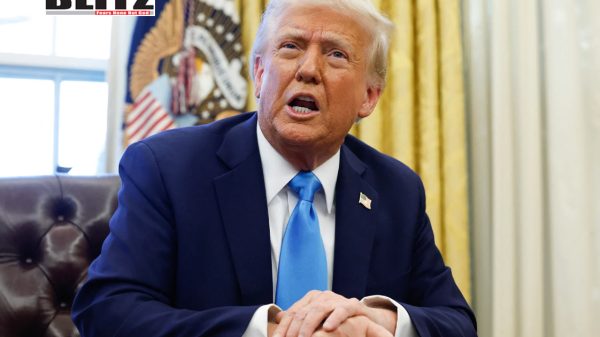
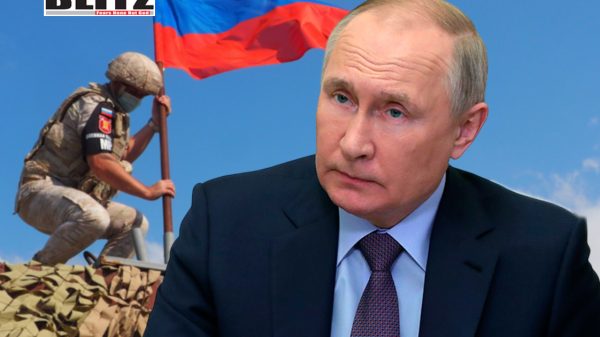

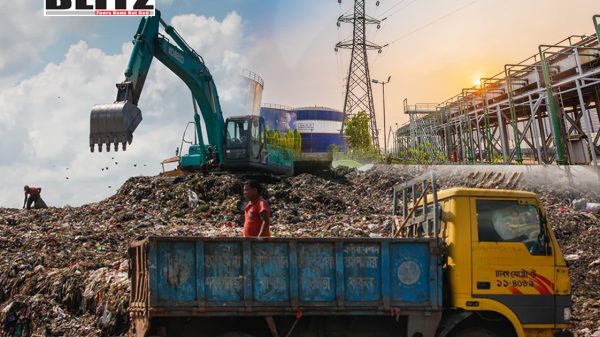
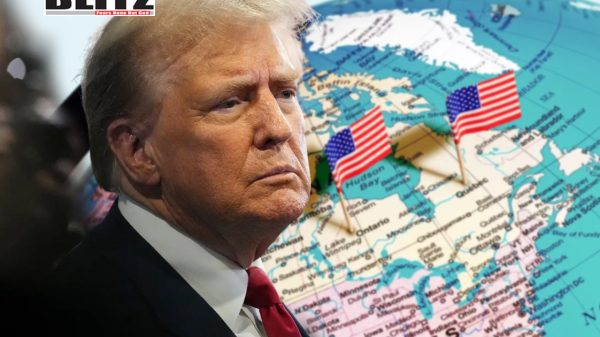
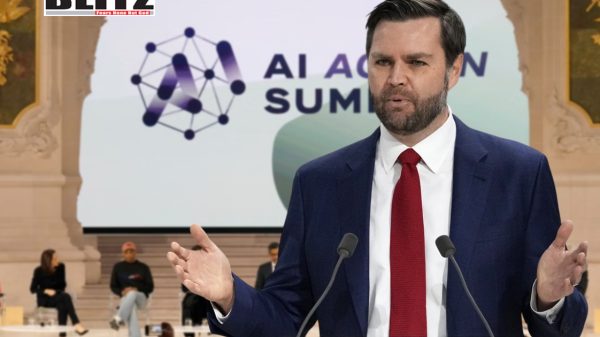

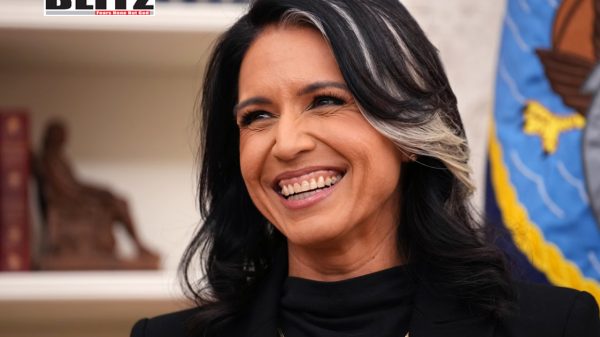
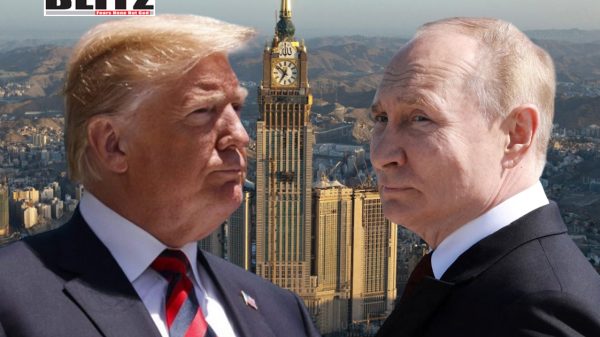
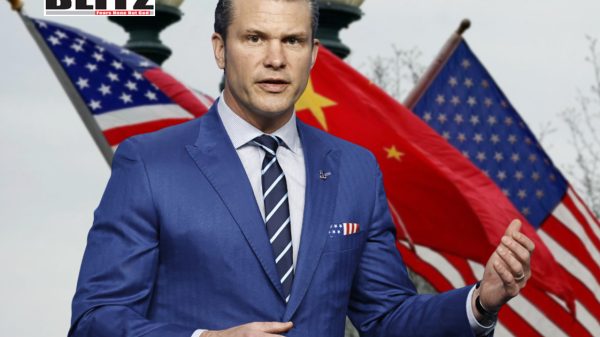
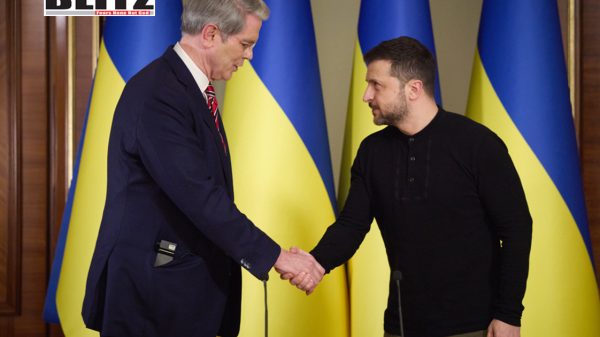

Leave a Reply